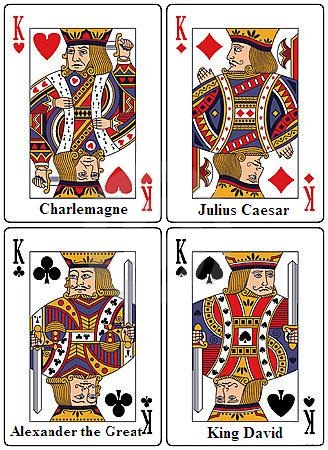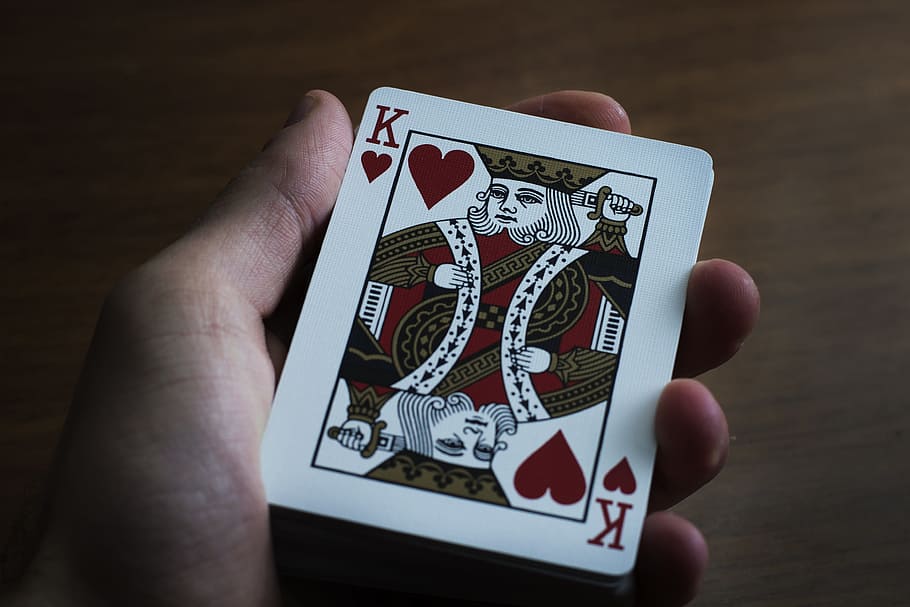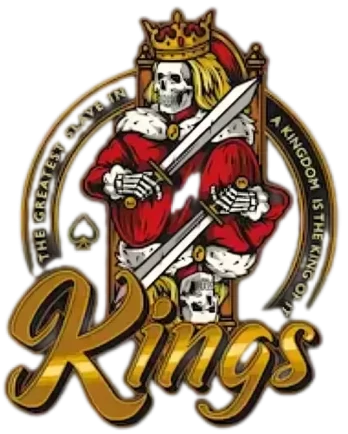Kings Are Standard Deck

The Role of Kings in a Standard Deck of Cards
The King are standard deck figures that symbolize power, leadership, and authority in traditional playing cards. In a standard 52-card deck, there are four Kings—one in each suit: hearts, diamonds, clubs, and spades. These cards often represent the highest-ranking face cards in many popular card games.
Each King in the King are standard deck has unique symbolism. The King of Hearts, often called the “suicide king,” appears to stab himself with a sword, while the King of Spades holds a sword upright, representing wisdom and power. These images have deep historical and artistic origins, often tied to real or legendary rulers.
In card games like Poker or Rummy, the Kings typically hold a high value. Depending on the game, they may serve as powerful assets to complete a winning hand or strategy. Their consistent presence across all standard decks makes them iconic in gameplay and cultural references alike.
Symbolism and History Behind Kings in a Standard Deck
The King are standard deck symbols that date back to centuries-old card traditions, with origins traced to European royalty and historical figures. In earlier versions of playing cards from France, each King was said to represent a specific historical leader—King David (Spades), Charlemagne (Hearts), Julius Caesar (Diamonds), and Alexander the Great (Clubs). Though this attribution isn’t followed in modern decks, the influence remains part of the card lore.
The King of Hearts is particularly notable for his unique design. Unlike the other Kings, he appears without a mustache and holds a sword in a seemingly self-directed way. This unusual design evolved due to printing errors over time but added layers of mystery to the card’s image.
In many classic games, the Kings play strategic roles. In Blackjack, for example, a King holds a value of 10 and can be key to reaching 21. In War or Go Fish, they’re often the highest-ranking face cards, outscoring Queens and Jacks. This consistent value reinforces their dominance across a variety of card-based activities.
Culturally, Kings from the King are standard deck often symbolize strength and masculinity, making them central figures in storytelling and design. Whether in fortune-telling, board games, or even tattoo art, the King card continues to hold iconic status.
Additionally, card designers across history have adapted and reimagined the appearance of the Kings. From ornate medieval illustrations to sleek modern graphics, their visual presentation keeps evolving while maintaining their role as one of the key faces in the standard deck.

Why Kings Remain Iconic in the Standard Deck
One reason why King are standard deck staples is due to their long-standing association with dominance and prestige. Even in today’s digital card games, players recognize the Kings as high-ranking, important figures, often second only to Aces.
The visual distinction of each King makes them easily recognizable, even from a distance. Card players quickly learn to value their presence in a hand, whether in competitive environments or casual play. Their importance isn’t just functional, but also symbolic in nature.
Over generations, the King are standard deck elements that bridge historical narrative and recreational fun. Their imagery, symbolism, and strategic utility keep them central to the playing card experience, making them truly timeless figures in the world of games.
